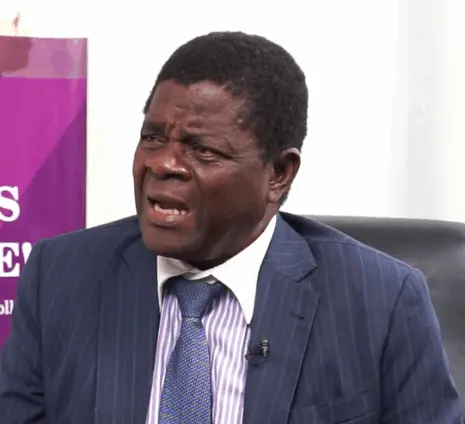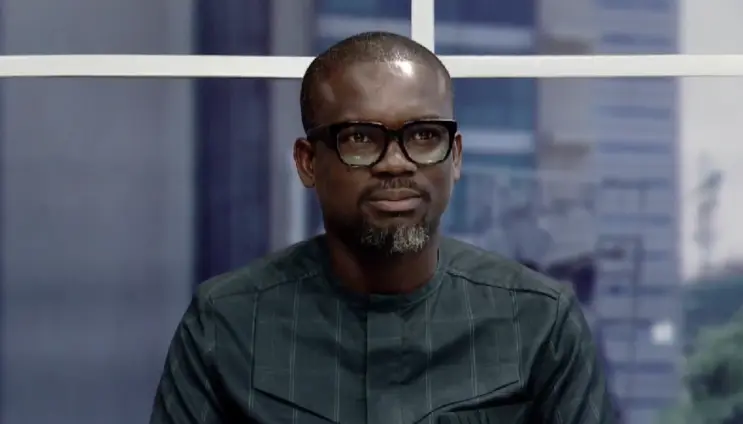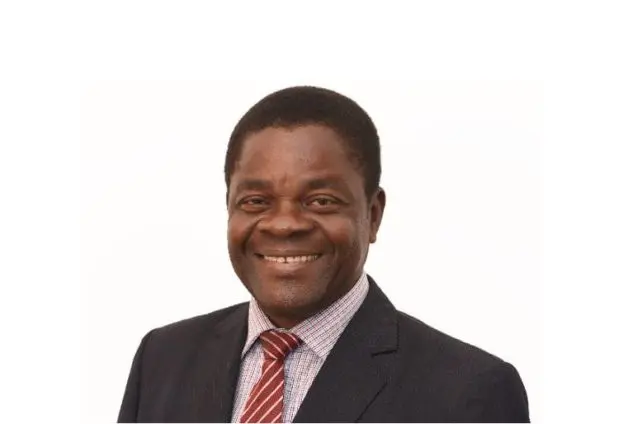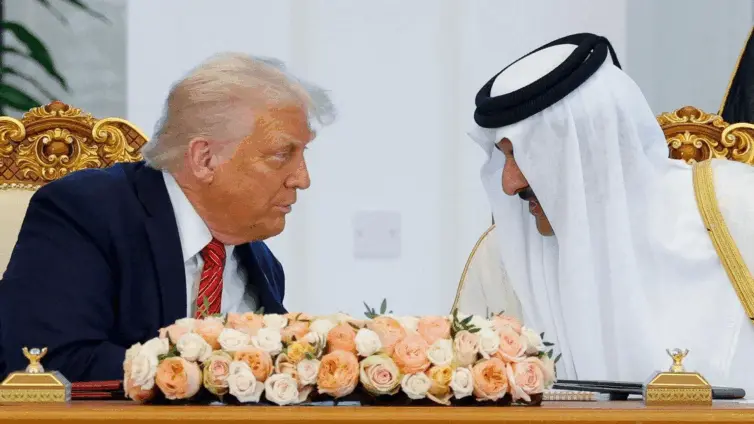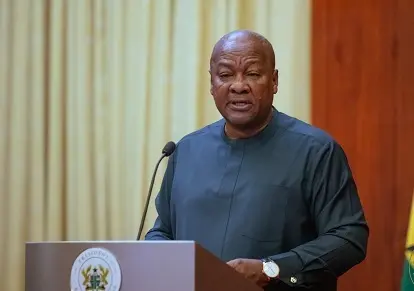In a bold move to fortify America’s defenses, former President Donald Trump unveiled plans for a cutting-edge “Golden Dome” missile defense system. The ambitious project, designed to counter next-generation aerial threats, sparked immediate debate about its feasibility, cost, and strategic implications. As initially outlined, the system aims to protect the United States from a wide array of incoming dangers, including ballistic and cruise missiles, as well as the emerging threat of hypersonic weapons. This post delves into the specifics of Trump’s vision, examining the technology, proposed funding, and potential international partnerships behind this controversial initiative for a comprehensive Golden Dome missile defense system.
The core objective of the Golden Dome initiative, as envisioned by Donald Trump, is to provide a robust defense against advanced aerial threats. The missile defense system intends to intercept not only traditional ballistic and cruise missiles but also the next generation of hypersonic weapons currently in development by various nations. Trump had asserted that the system would be fully operational before the end of his term, a statement that now stands as a testament to the project’s ambitious scope and the challenges it faces. The concept draws inspiration from Israel’s Iron Dome, but with aspirations to be significantly larger in scale and far more capable.
The proposed Golden Dome missile defense system would utilize a suite of next-generation technologies spanning land, sea, and space. Central to its architecture is the deployment of space-based sensors and interceptors to provide comprehensive, layered coverage against incoming threats. A particular emphasis is placed on countering hypersonic weapons and fractional orbital bombardment systems (FOBS), which pose unique challenges to existing defense infrastructure. According to Trump, “All of them will be knocked out of the air. The success rate is very close to 100%.”
The financial implications of the Golden Dome project are substantial. An initial investment of $25 billion was reportedly earmarked in a new budget bill to kick-start development. However, Donald Trump estimated the total cost at $175 billion over time. The Congressional Budget Office (CBO) offered a more sobering assessment, projecting potential costs of up to $542 billion over 20 years for the space-based components alone. The viability of securing the initial funding hinges on Trump’s tax bill, which is subject to political and economic uncertainties.
Canada expressed preliminary interest in potentially participating in the Golden Dome project. Then-Canadian Defence Minister Bill Blair stated that involvement “makes sense” and aligns with the country’s “national interest.” A key driver for Canada’s interest is the opportunity to enhance awareness of incoming threats, particularly in the Arctic region, where existing surveillance capabilities are limited.
The impetus behind the Golden Dome initiative stems from growing concerns within the Pentagon that existing US defense systems have not kept pace with the rapid advancements made by countries like Russia and China. Trump asserted, “There really is no current system…there has never been anything like this.” Echoing this sentiment, the Defense Intelligence Agency has warned that missile threats are poised to expand in both scale and sophistication, exploiting existing gaps in US defenses. The proposed missile defense system would operate under a single, centralized command structure, aiming to improve coordination and response times.
Space Force General Michael Guetlein was appointed by President Trump to oversee the Golden Dome project. Guetlein serves as the vice chief of space operations at Space Force, bringing his expertise to bear on the ambitious endeavor.
Donald Trump’s “Golden Dome” missile defense system represents a significant effort to modernize US defenses against evolving aerial threats. While the project’s future remains uncertain due to budgetary considerations and technological challenges, the initial vision and proposed capabilities highlight the ongoing need to address vulnerabilities in current defense infrastructure. The plan aimed to integrate next-generation technologies and foster international cooperation to create a comprehensive shield against missile attacks. The Golden Dome missile defense system was intended to represent a substantial advancement in national security.
Image Source: MYJOYONLINE





